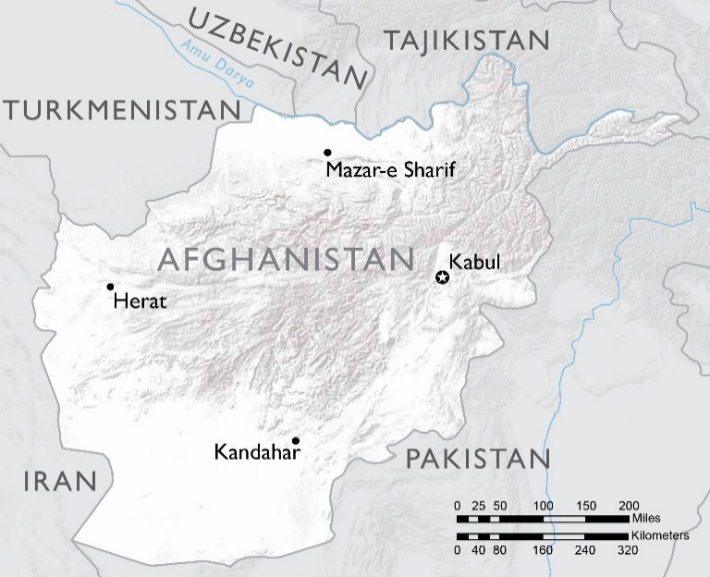- What We Do
- Agriculture and Food Security
- Democracy, Human Rights and Governance
- Economic Growth and Trade
- Education
- Ending Extreme Poverty
- Environment and Global Climate Change
- Gender Equality and Women's Empowerment
- Global Health
- Water and Sanitation
- Working in Crises and Conflict
- U.S. Global Development Lab
July 17, 2017
Food Security Situation

-
More than three decades of war, civil unrest, and recurring natural disasters have contributed to long-standing humanitarian need in Afghanistan. Since January 2017, the UN reports that conflict has internally displaced more than 146,000 people, and natural disasters have affected 98,000 people.
-
According to the UN, an estimated 9.3 million people in Afghanistan—including more than 1 million internally displaced persons (IDPs) and approximately 861,000 vulnerable returnees from Iran and Pakistan—are food-insecure and require humanitarian assistance in 2017.
-
Approximately 3.4 million people are severely food-insecure, according to the Government of Afghanistan (GoA). The USAID-funded Famine Early Warning Systems Network (FEWS NET) notes that IDPs and returnees from Pakistan who do not receive humanitarian assistance will likely experience Crisis—IPC 3—levels of food insecurity starting in October. The majority of other households will likely experience Stressed—IPC 2—levels of food insecurity between October and January 2018 due to below-average rainfall in many areas in early 2017 as well as conflict-related impacts.
Food Assistance Response
-
To date in Fiscal Year (FY) 2017, USAID’s Office of Food for Peace (USAID/FFP) has provided $64 million to the UN World Food Program (WFP) emergency operation in Afghanistan. WFP aims to support 2.9 million highly food-insecure people through in-kind food assistance and cash-based transfers. With USAID/FFP’s contribution, WFP is distributing critical food assistance to those affected by conflict and natural disasters, supporting seasonally hungry groups and returnees, and providing supplementary feeding to malnourished pregnant and lactating women. WFP assistance also enhances vulnerable communities’ ability to respond to shocks.
-
Additionally, USAID/FFP has provided $5 million in FY 2017 to the UN Children’s Fund (UNICEF) to support emergency nutrition programs in Afghanistan. UNICEF is providing ready-to-use therapeutic foods in response to severe acute malnutrition in all of Afghanistan’s 34 provinces. The UN agency also builds the capacity of non-governmental partners and the GoA through performance monitoring, training, and supervision.
Food for Peace Contributions
Total Contributions:
| U.S. Dollars | Metric Tons | |
|---|---|---|
| Fiscal Year 2017 | $69.0 million | 29,445 MT |
| Fiscal Year 2016 | $44.0 million | 15,870 MT |
| Fiscal Year 2015 | $53.6 million | 40,580 MT |
| Fiscal Year 2014 | $66.0 million | 42,270 MT |
| Fiscal Year 2013 | $46.2 million | 30,250 MT |
Note: FFP: Food for Peace; WFP: World Food Program; MT: Metric Tons; EFSP: Emergency Food Security Program. Food Security Situation information provided by FEWS NET, UNHCR, and WFP. FY 2017 contribution based on funds provided to date.







Comment
Make a general inquiry or suggest an improvement.